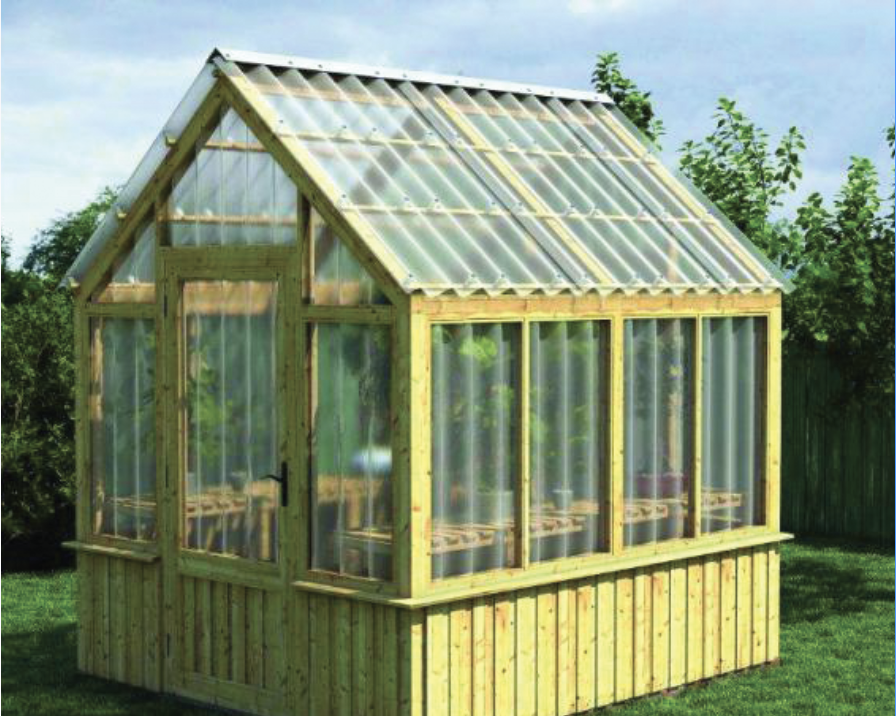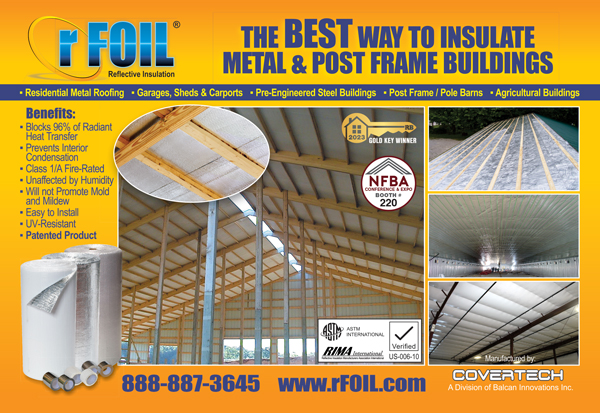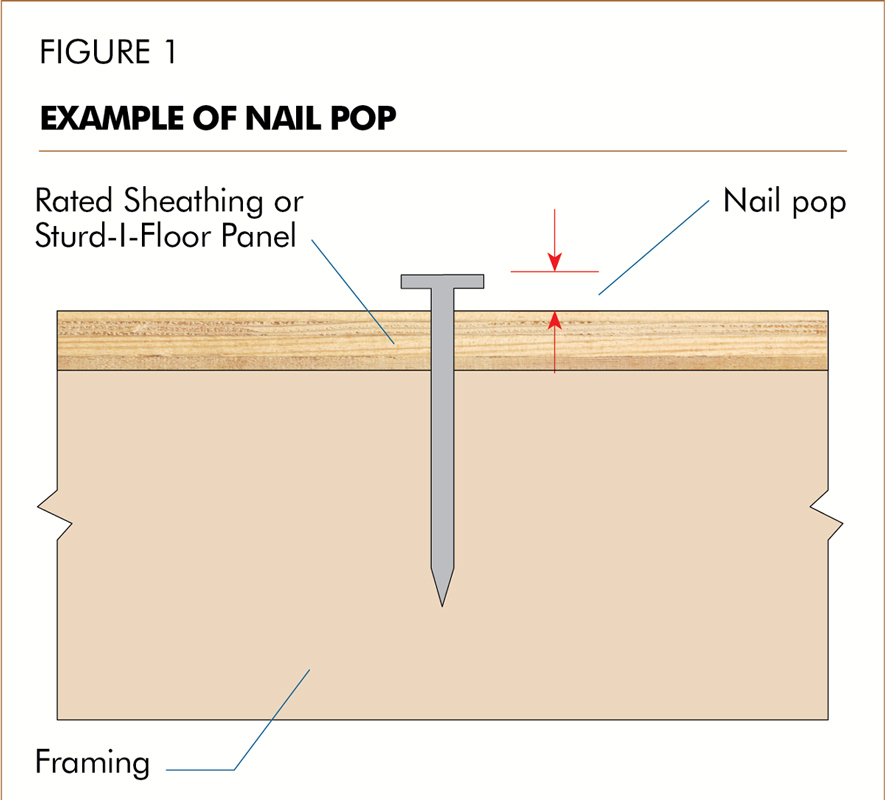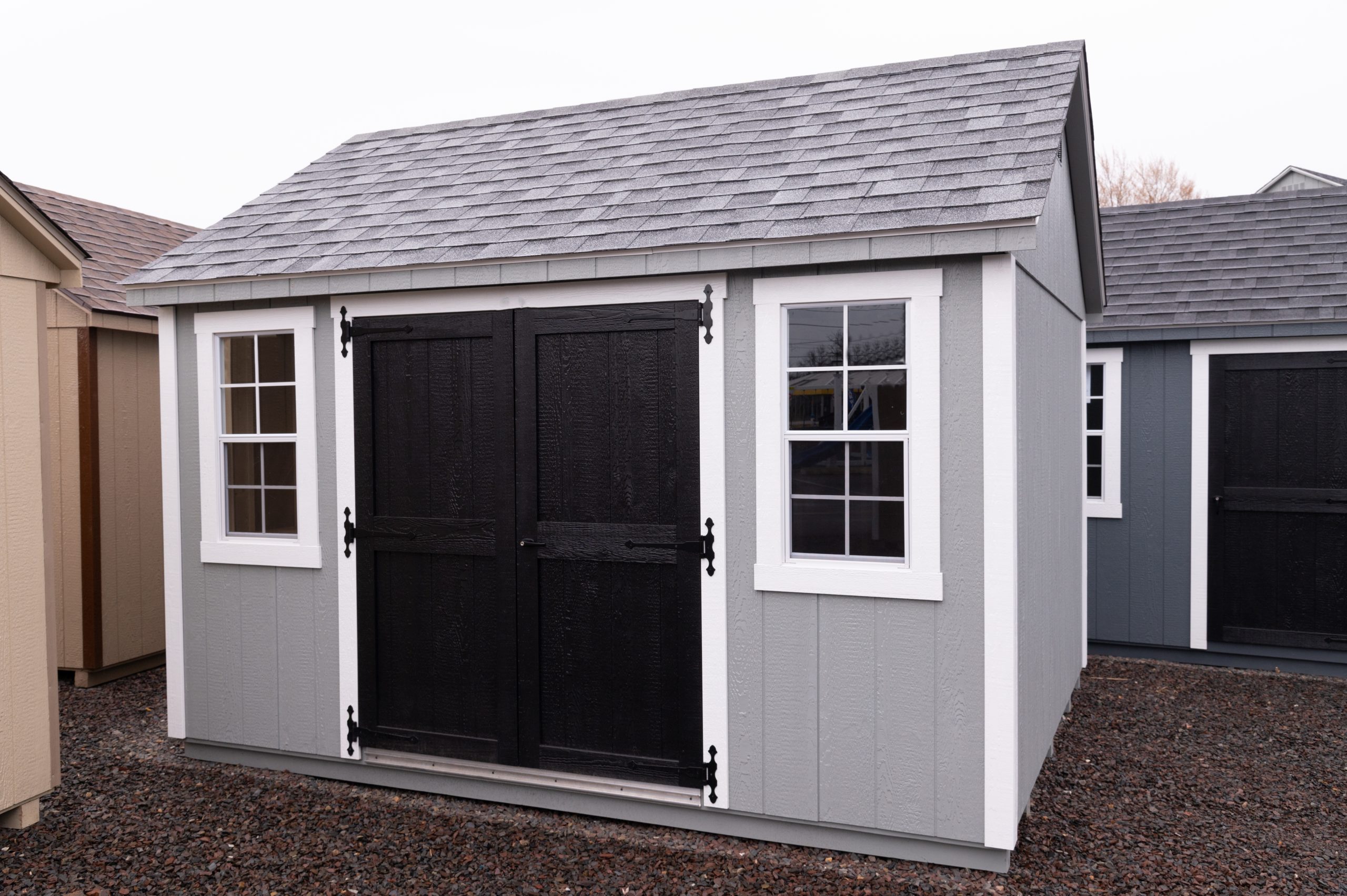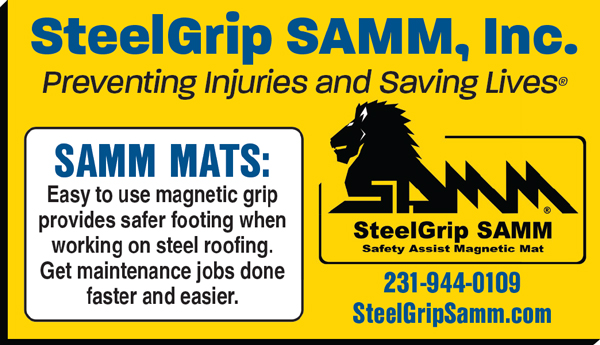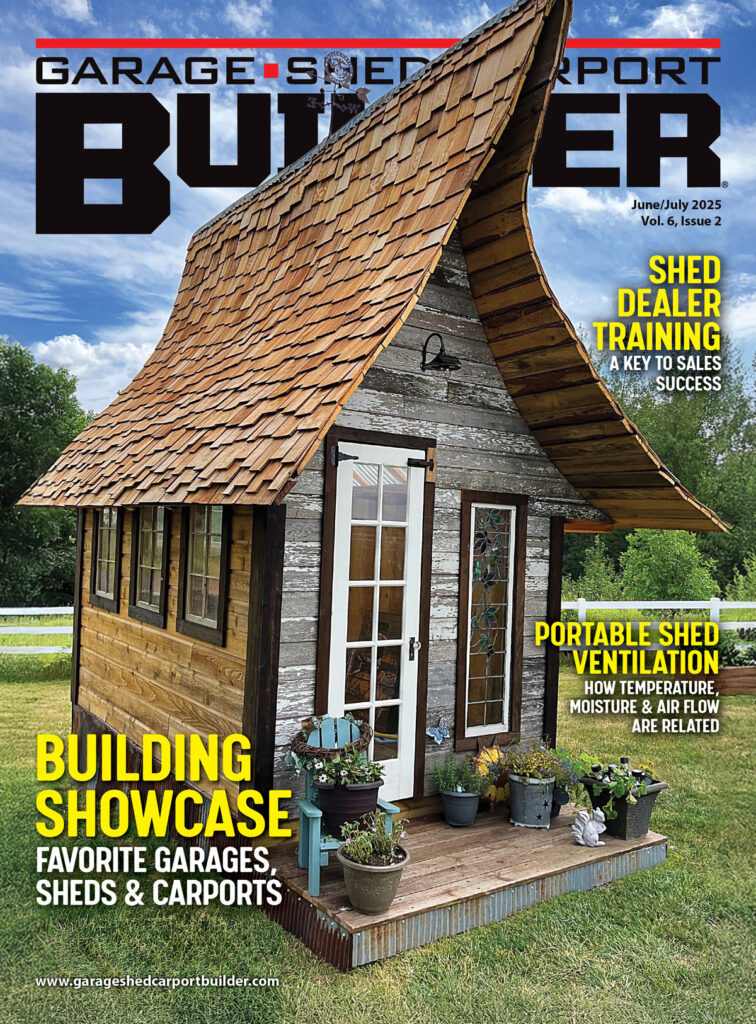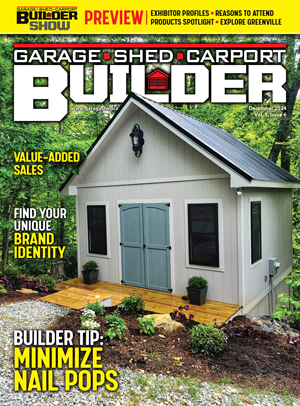What You Should Know About Polycarbonate Panels
by Karen Knapstein & Sharon Thatcher
Polycarbonate is less noisy than a metal roof; it’s lighter to handle and panels can be installed fairly easily. Some of you are old pros at choosing, handling and installing polycarbonate panels, but some of you may handle it so infrequently that sharing a few tips and tricks would be helpful to ensure a successful installation.
Light In – UV Out
UV-blocking polycarbonate panels are manufactured from clear to nearly opaque. Onduline manufactures TUFTEX corrugated polycarbonate panels, which are 20 times stronger than 5 oz. fiberglass corrugated panels and are designed to withstand a wide range of surface temperatures.
The company offers retail and pro lines of polycarbonate. The line aimed at do-it-yourselfers is 26” wide and comes in lengths from 8’-16’. The Pro line is 38” wide in profiles to match popular metal panel profiles. The Pro line comes in lengths of 8’-24’ with custom lengths available on larger orders.
All of Onduline’s TUFTEX polycarbonate panels are available in three colors: Clear, Smoke (sometimes referred to as “Bronze”), and Translucent White, which allow 90%, 80%, and 70% light transmission, respectively. While the panel may allow 90% light transmission, it still offers 100% UV protection.
Buddy Pullen, Vice President of Pro Sales for Onduline, explained what would make these panels appealing to your customers: “These polycarbonate panels are lightweight and long lasting. They don’t rust or corrode like metal, which is important for certain geographies like coastal regions.”
He also commented on why installers would find the panels appealing: “You don’t need any special tools to install them and you can put them on pretty easily. They’re lightweight and easy to install.”
However, there are some universal installation rules to follow.
Polycarbonate Installation
Andrew Mullen, president of Direct Metals Inc., which offers a variety of corrugated translucent polycarbonate panels of their own, shared some valuable advice about panel installation.
“Most polycarbonate panels can be cut or sawed by manual or power tools,” he advised. “A bench/table circular saw using a 128-tooth blade is preferred, but portable circular saws can be used in a pinch for on-site cuts. Avoid intersecting cuts — if one must be made, drill a hole at the intersection point and then saw to that point. Be sure to wear work gloves and protective eyewear while cutting, and use the gloves to clean up rough edges once cool.”
He continued, “As polycarbonate panels expand and contract at a higher rate than metal panels do, it is necessary to predrill all fastener connections with pilot holes larger than the fastener diameter. Manufacturers suggest oversizing the hole by 1/16” to 1/8”.
Pullen recommended holes be predrilled 3/16” larger than the screw shanks. He cautioned, “If you don’t predrill or predrill a large enough hole you’ll get micro-cracks that grow into spider cracks around the fastener. This is the case for all polycarbonate panels,” he said. “For Onduline and other manufacturers.
“There are some winged fasteners available on the market that predrill and tap into wood substrates, lessening the labor needed for a proper install; however these fasteners work well on thinner 0.8mm panels but not as well on 1.5mm and 2.0mm panels,” he advised. “Due to the oversized holes, it is suggested that fasteners with 3/4”— or in some cases 1 1/8”-diameter sealing washers be used to ensure a watertight seal.
“The panel manufacturer or distributor may require specific fasteners to be used,” Mullen cautioned, “so be sure to check prior to the installation of any warranted panel. Panel predrilling is best done at a 90-degree angle with a drill bit designed for metal with a drill speed of 1000 rpm.”
Mullen further advised, “Do not overtighten fasteners — this will cause the rubber washers to fully compress. It is best to use electric screw guns with torque-sensing devices and not impact drivers. Always drive the fastener perpendicular to the surface of the panels until seated. If the washer deforms, the fastener is too tight.”
If the fastener is too tight, the panels, again, won’t be able to move as they expand and contract with temperature changes, which will cause dimpling, cracking, buckling and — ultimately — unhappy customers.
Additional Points To Remember
When storing polycarbonate panels in the yard or on a job site, it is important to stack shorter panels on top of longer panels and ensure they are on a flat surface that is equal to or longer than the longest panel. It is recommended that the panels be stored in a cool, dry area out of direct sunlight. (When the panels are stacked together, each panel layer acts as a magnifying glass under the sun’s rays with nowhere for the solar heat build up to escape which can then warp the panel.)
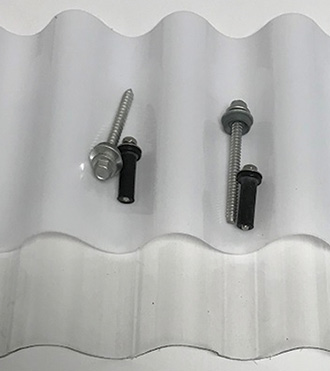
If the panels got dirty during storage, it’s easier to clean them before installation rather than after. Pullen suggested using a pressure washer with a mild bleach solution comprised of 1 part bleach to 10 parts water. “TUFTEX UV protection goes through the entire product, so there’s no protective layer you can damage. It’s solid UV protection through and through.”
Never walk directly on a polycarbonate panel, even if they are fastened. Use scaffolds, ladders or crawl boards. Don’t leave the panels unattended and unsecured on a structure; they could blow off.
If you are installing with metal panels, make sure the profile of the polycarbonate panel is an exact match to the profile of the metal panel. If the gaps between the major ribs and/or the minor ribs are too large, your installation will not be successful. Some manufacturers can match your panel exactly to ensure a smooth installation.
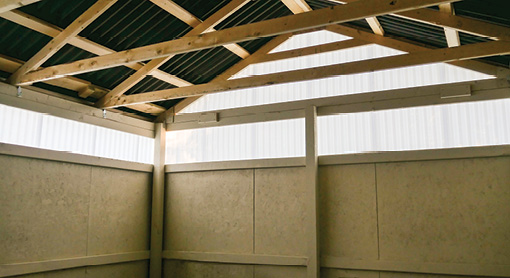
When installing, if you’re working with a coated product, as opposed to products like TUFTEX and DMI’s SUNSKY, which have UV protection throughout the entire thickness of the panel, be sure to have the UV-protected side facing up (or out). It is also recommended to install with a roof pitch equal to or greater than 1:12 and make sure you know the load ratings for the chosen panel with the configuration of the structure.
Each polycarbonate panel profile usually has a unique recommended fastening pattern either for best results, or to meet more stringent building codes, such as the Florida Building Code. Consult the panel manufacturer’s product specifications for these details. GSCB


